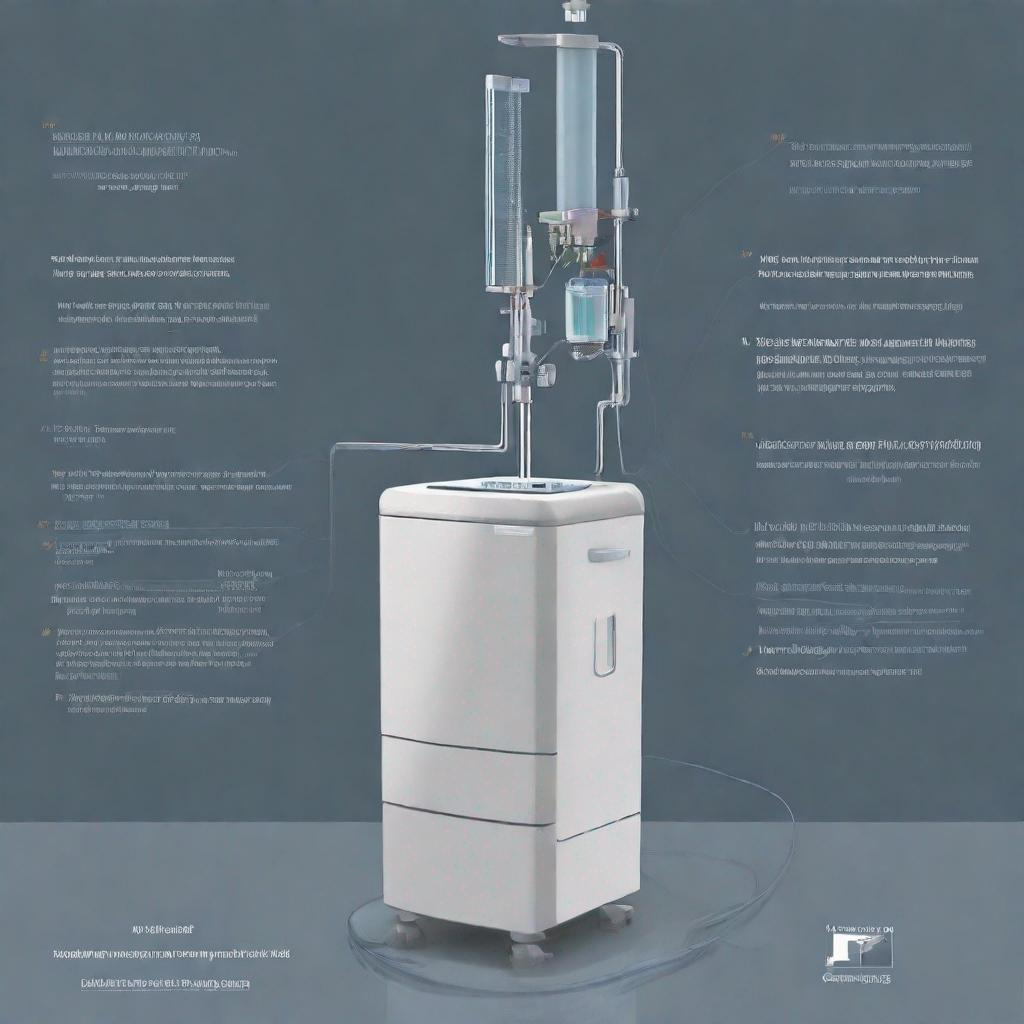## Fires: A Comprehensive Overview
**Introduction**
Fires are a major public health concern, causing significant morbidity and mortality worldwide. They occur when a combustible material comes into contact with a source of heat or ignition, releasing heat, smoke, and toxic gases.
**Symptoms**
The symptoms of a fire can vary depending on the severity and location of the injury. Common symptoms include:
– **Skin:** Burns, blisters, redness, swelling, pain
– **Muscles:** Smoke inhalation, shortness of breath, coughing
– **Bones:** Heat stroke, dehydration, confusion
– **Airways:** Smoke toxicity, nausea, vomiting
– **Lungs:** Coughing, shortness of breath
**Diagnosis**
Diagnosis of a fire injury typically involves a physical examination and assessment of the symptoms. The doctor may also perform certain tests, such as:
– **Thermal imaging camera:** To detect and assess the extent of burns
– **Chest X-ray:** To check for smoke inhalation damage
– **Blood tests:** To evaluate for dehydration, electrolyte imbalances, and smoke toxicity
**Prevention**
Preventing fires is crucial to reduce the risk of injuries. Key preventive measures include:
– Practicing fire safety and prevention
– Installing smoke and carbon monoxide detectors
– Maintaining firefighting equipment
– Educating children about fire safety
**Treatment**
Treatment for fire injuries depends on the severity and location of the injury. Common treatment options include:
– **Cooling techniques:** Applying cold water or ice to burned areas
– **Anti-inflammatory medications:** To reduce swelling and pain
– **Antibiotics:** To prevent infections
– **Pain relievers:** To manage pain
– **Skin grafts:** To repair severe burns
**Complications**
Fire injuries can lead to various complications, including:
– **Scarring:** Burns can cause permanent scarring
– **Infection:** Open wounds can become infected
– **Respiratory problems:** Smoke inhalation can damage the lungs
– **Neurological damage:** Heat stroke can cause brain damage
**Doctors**
Doctors who typically treat fire injuries include:
– Burn surgeons
– Plastic surgeons
– Emergency physicians
– Critical care physicians
**Related Terms**
* **Burns:** A type of fire injury that damages the skin
* **Smoke inhalation:** Breathing in smoke and toxic gases from a fire
* **Heat stroke:** A condition caused by prolonged exposure to high temperatures
* **Dehydration:** A condition caused by loss of fluids
**Vaccinations**
The tetanus vaccine is recommended for individuals who have sustained a fire injury. Tetanus is a bacterial infection that can occur through open wounds.
**Additional Information**
Fire safety and prevention are paramount to minimizing the risk of fire injuries. Regular fire drills, smoke and carbon monoxide detector maintenance, and adherence to fire safety regulations are essential for protecting individuals and property.




